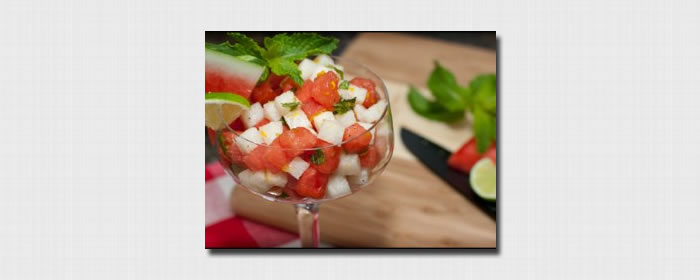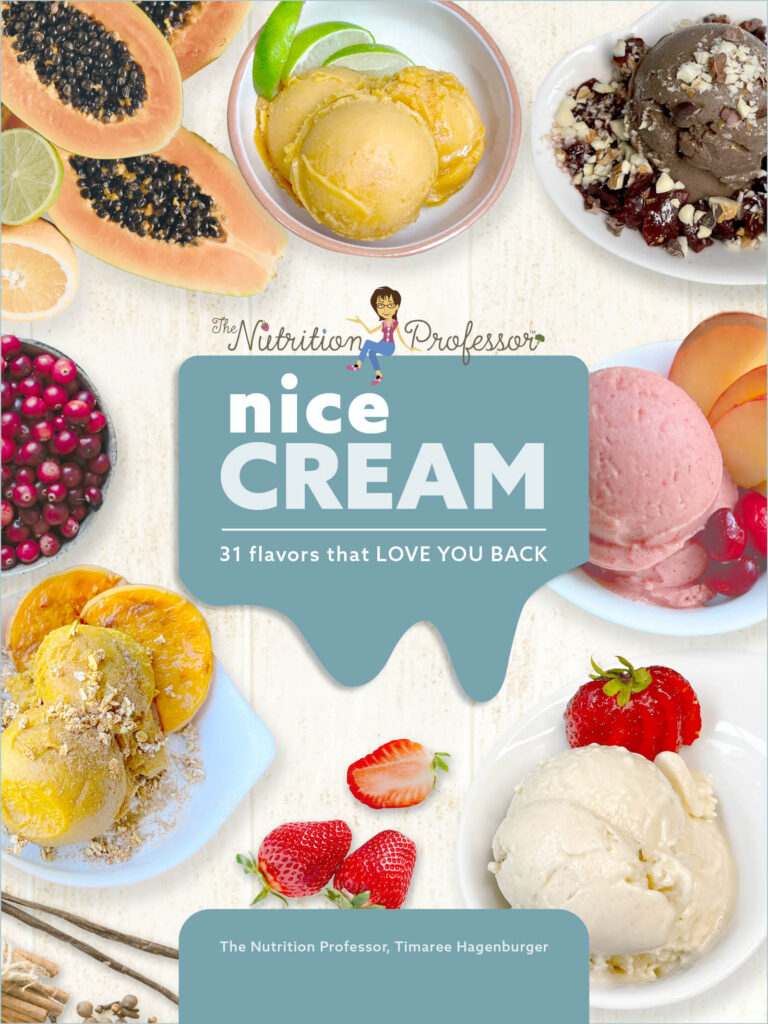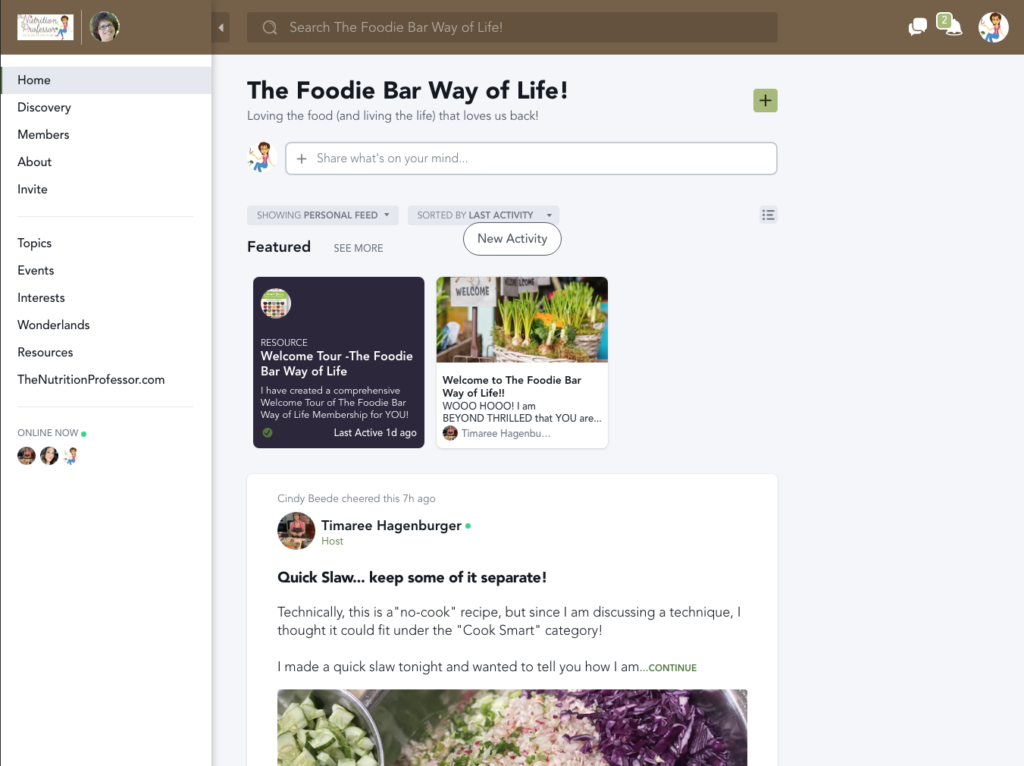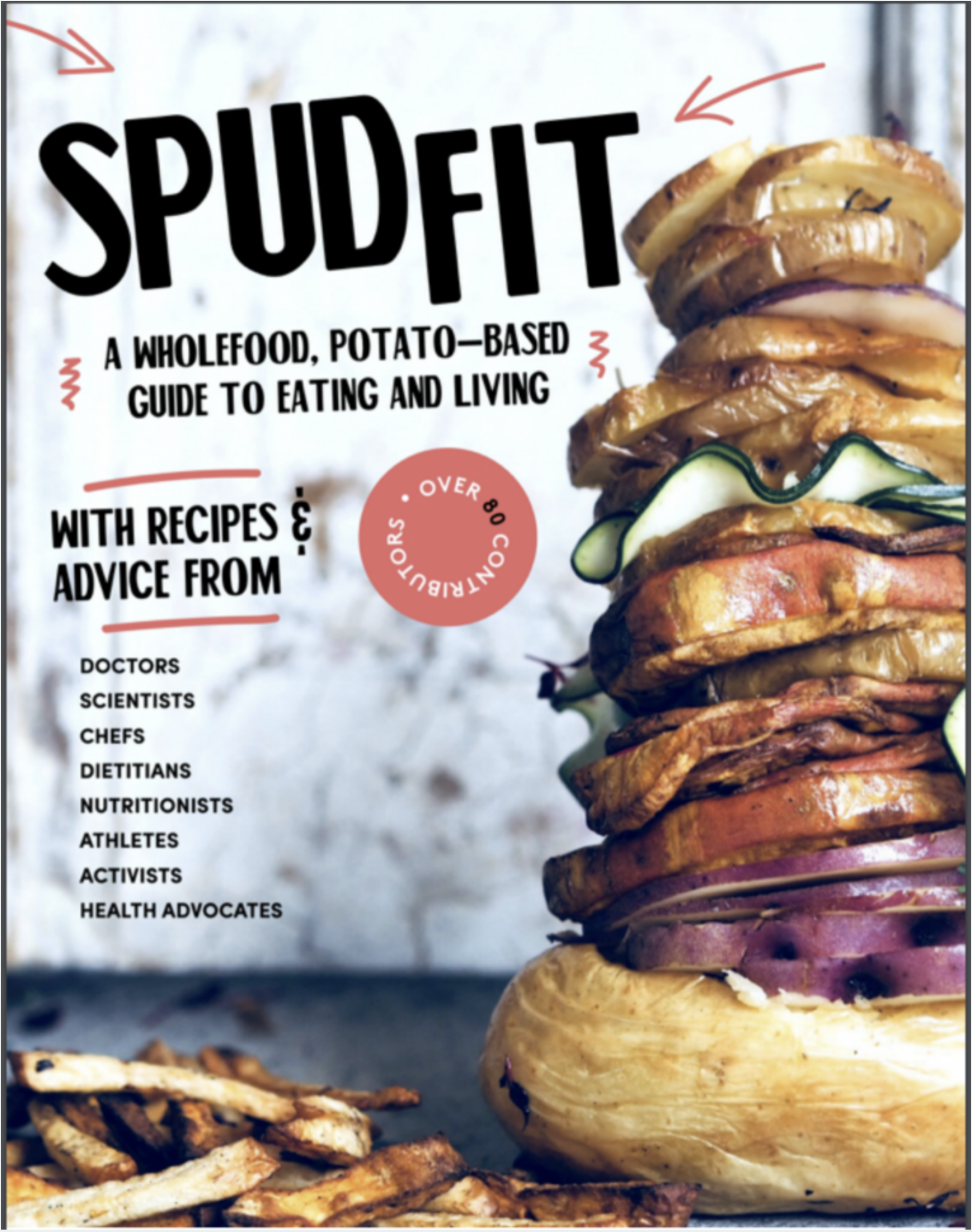Looking for a delicious and nutritious alternative to chips, or a refreshing salad recipe to serve at a backyard barbecue to “wow” your guests on these hot summer nights? How about both?
Jicama to the rescue! If you are not familiar with jicama (pronounced “he-kuh-muh”), you’ve probably been passing this delectable root right by, though it is one of the most popular edible roots grown in Central and South America, South Asia and the Caribbean.
Shop smart
Jicama can be found year round in the produce aisle of supermarkets (and many Farmer’s Markets). Look for roots that are firm, without any cuts, cracks or shriveled ends. I do not buy jicama coated in wax, as they tend to be older, with “hidden” dark spots and bruises. Fresh jicama are heavy, due to their high water content, so it makes sense to shop around for the best price, as they can range from 33 cents to $2.49 per pound. Jicama can be stored whole for three weeks or more if unwashed, and kept in a cool (50-63 degrees is ideal), dry, dark place (like potatoes). Once you peel and slice it, put it into the fridge.
Cook smart
It is very important to remove jicama’s thick, inedible skin before eating or cooking with it. Wash well in cool running water, then simply slice off the fibrous skin with a knife, so that only the ice-white, crisp flesh remains. To enjoy the refreshing crunch of raw jicama, simply cut into planks, matchsticks or small cubes. Jicama can also be cooked into soups and stews and because it will remain crisp, it is excellent in stir-fries, providing a similar texture to water chestnuts.
Eat smart
One of my favorite ways to introduce raw jicama to someone who has not had it before is as a dipper, although it is also delicious in salads! Use it in place of chips for dipping into hummus, guacamole, salsa, cowboy salad, black bean dip, my amazing 7-Layer Dip and more. In fact, we always keep a gallon zip top bag of jicama “chips”/planks marinating in lemon juice in our refrigerator. These refreshing lemony snacks add crunch to the lunches we pack for work and school. For a little kick, sprinkle citrus marinated jicama with your favorite chili powder or cayenne pepper! This crunchy veggie blows chips away, as a cup offers 6 grams of fiber, and a variety of vitamins and minerals (vitamin C, folate, riboflavin, pyridoxine, pantothenic acid, thiamin, magnesium, potassium, copper, iron and manganese), all for only 45 kcalories and 5 mg of sodium. Compare that to a cup of tortilla chips: 156 kcalories, 7.5 grams of fat (42 percent of kcals from fat), 1.7 g fiber and as much as 250 mg sodium. The water and fiber in jicama will also go a long way towards helping you feel full.
Jicama is fantastic in fruit salads, with pineapple or oranges and thin slices of red onion. The recipe below is a simple, but amazing combination that will cool you down as the mercury rises. Hope you’ll see jicama in your fridge soon!
Citrus-infused 50-50 salad
This refreshing salad is basically 50 percent fruit and 50 percent veggie, and will likely be the most refreshing dish served at your next barbecue or picnic and just might become a regular part of dinner on these toasty evenings.
Yield: 8 servings (1 cup each)
Ingredients
4 cups of watermelon, 1/4-inch diced
4 jicama, well peeled and cut into 1/4-inch diced
Zest from 1 orange
1/2 cup fresh orange juice (from about 1 1/2 oranges)
Zest from 1 lime
1/4 cup fresh lime juice (from about 1 1/2 limes)
1-2 tablespoons maple syrup or date syrup (optional)
1/2 tsp ground black pepper
1/4 to 1/3 cup fresh mint leaves (torn into tiny pieces)
Salt to taste (dash)
Procedure
Make a dressing in a small bowl by whisking together the zest from orange and lime, orange juice, lime juice, honey, and black pepper. In a large bowl, combine watermelon, jicama and mint, drizzle with all of the dressing and carefully stir until well combined. Taste and season with a dash salt (if needed).
Nutrition Info (per cup): 73 kcals, 0 g fat, 0 mg cholesterol, 18 g CHO, 4 g fiber, 1 g protein, 30 mg vitamin C, 4 mg sodium, 229 mg potassium, 1 mg iron.
Recipe slightly adapted by The Nutrition Professor from Bobby Flay at www.foodnetwork.com.
Timaree Hagenburger, a registered dietitian, certified exercise physiologist with a master’s degree in public health, is a nutrition professor at Cosumnes River College and sought after speaker. She is so excited about the Plant-Based Nutrition and Sustainable Agriculture certificate program that she and her colleague started there, and also conducts local events, corporate wellness work, has a regular segment on California Bountiful TV, and is a frequent podcast guest. For more recipes like this one, and to learn how to make all different types of homemade chips, be sure to purchase a copy of her innovative cookbook – The Foodie Bar™ Way: One meal. Lots of options. Everyone’s happy. available at www.FoodieBars.com Find details about Timaree’s upcoming events (cooking demos, book signings and talks about the incredible power you yield with your fork!), and if you missed any of her newspaper columns, podcast interviews or TV appearances, you can find them here at https://www.thenutritionprofessor.com/


 Order and learn more at www.FoodieBars.com
Order and learn more at www.FoodieBars.com

 This is a first for me... Some of MY recipes are part of a rock star compilation cookbook put together by Andrew Spud Fit Taylor!! Order it today!
This is a first for me... Some of MY recipes are part of a rock star compilation cookbook put together by Andrew Spud Fit Taylor!! Order it today!